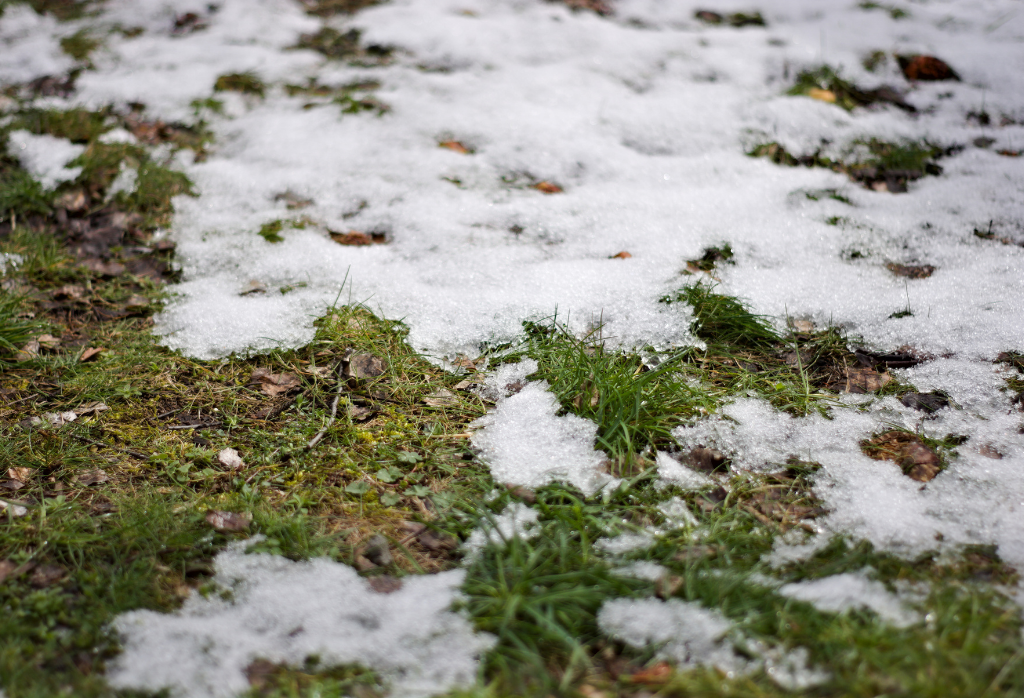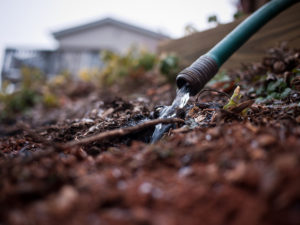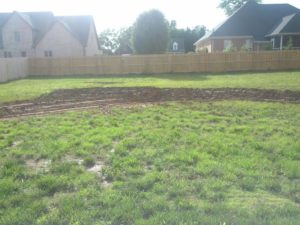What Are The Dangers Of Hydrostatic Pressure?

Soil surrounding your homes’ foundation can contain a lot of moisture, and the force of this waterlogged soil is called hydrostatic pressure. It’s one of the leading causes of basement drainage issues. It is the force behind leaks, cracks, and even the bowing of the foundation, but with the proper protection, you can prevent these problems!
What Is Hydrostatic Pressure?
When it rains or when winter snows melt, water seeps into the ground, expanding the soil and increasing hydrostatic pressure on your foundation. It’s a lot of pressure, too: one cubic foot of water weighs about 60 pounds (27 kilograms). When you multiply this by the surface area of your foundation, waterlogged soil can put up to 120,000 pounds of pressure on the concrete.
Hydrostatic pressure is the force of moisture in the soil exerted on the walls of a foundation. As the soil around your home fills in with water, it will expand, and the weight of this water will press in on your foundation walls. It  increases as subsurface depth decreases, too, because the weight of soil increases and the gravity generates a greater downward force.
increases as subsurface depth decreases, too, because the weight of soil increases and the gravity generates a greater downward force.
This water may get through any weak points in the foundation wall, most often at the “wall-floor joint,” the spot where the wall meets the floor, but any cracks in the concrete or stone are common leak spots. Even if the foundation is perfectly intact, the pressure can force the water right through. While concrete feels solid, it’s very porous, and when the hydrostatic pressure exerts enough force on the foundation, it can cause water to seep through these pores.
How Can I Prevent The Effects Of Hydrostatic Pressure?
The porosity of concrete means that even a foundation without any cracks or weaknesses can’t prevent all the effects of hydrostatic pressure. You have to help relieve the force and give the moisture a place to go. Drainage experts can do this using interior and exterior systems.
An interior waterproofing system, like a channel that takes water away from the foundation (also known as a drain tile), can prevent wall and floor seepage. It can direct water that gets through cracks and weaknesses in concrete and masonry walls to a sump pump and out of the basement. Interior drain tiles are popular in unfinished basements because, even though some contractors refer to them as hidden drain tiles, they can be hard to actually hide.
 An exterior system can do a lot more to keep the moisture off the walls in the first place. Many of the common treatments, like a membrane, don’t prevent the negative effects of hydrostatic pressure. By protecting your concrete foundation with a crushed roundstone treatment, the water that forces its way against your foundation slips through the permeable stone. A weeping tile system – a porous drainage pipe that sits at the foot of your foundation – helps the water flow to your home’s sump pump.
An exterior system can do a lot more to keep the moisture off the walls in the first place. Many of the common treatments, like a membrane, don’t prevent the negative effects of hydrostatic pressure. By protecting your concrete foundation with a crushed roundstone treatment, the water that forces its way against your foundation slips through the permeable stone. A weeping tile system – a porous drainage pipe that sits at the foot of your foundation – helps the water flow to your home’s sump pump.
If you believe hydrostatic pressure is the force behind your drainage problems, call the drainage specialists at Ashworth Drainage. We can expertly install a crushed roundstone system that gives your foundation the real protection it needs!
